- Ghana was the first country in sub-Saharan Africa to gain independence post-colonialism. It gained its independence on March 6, 1957.
- Ghana was ranked as Africa’s most peaceful country by the Global Peace Index.
- Lake Volta, in the Volta region of the country, is the world’s largest man-made lake. It’s 250 miles long and covers 3,283 square miles, or 3.6 percent of Ghana’s area.
- The currency unit in Ghana is called the cedi. The word “cedi” comes from a local word meaning a cowry shell. Cowry shells (from sea snails) were once used as money in Ghana.
- Ghana has a population of 25.5 million
- Ghanas total area is 238,533 sq km (92,098 sq miles)
- Major languages in Ghana are English, African languages including Akan, Ewe
- Life expectancy in Ghana is 64 years (men), 66 years (women)
- There are six national parks and many smaller nature reserves, which were set up to help protect Ghana’s wildlife. There are over 650 butterfly species in the Kakum National Park, including the giant swallowtails, which are nearly 8 inches (20 centimeters) across.
- Children in Ghana begin two years of kindergarten at age four. Then all children ages 6-12 attend six years of elementary education. If families can afford it, children go on to secondary education. Ghana’s school system is more advanced than many of its African neighbors.
- Ghanaians love soccer and built a large soccer stadium in the capital of Accra. Soccer is the national sport.
- The traditional cloth of the Ghanaian people is the bright and colorful kente cloth. In the north, the men wear loose flowing clothes made of darker cloth.
- Kofi Annan is one of the most well-known Ghanaians. He served as secretary-general of the United Nations from 1997- 2006.
- Poisonous snakes such as the cobra and puff adder are native to Ghana as are pythons, which don’t bite, but can squeeze their victims to death.
- In Ghana there is a system of tribal government in addition to the national government.
- People from Portugal, Denmark, the Netherlands, Germany, and Britain came to the Gold Coast to search for gold. The British took control of the country in the 20th century and declared the Gold Coast a colony of the British Empire.
- In 2007, oil was found off the coast of Ghana. A daily production of 200,000 barrels, which could be achieved in about five years after commencement of production, could give Ghana a total revenue of approximately US$1.6 billion yearly.
- The name Ghana means warrior king and harks back to the days of the Ghana Empire between the ninth and 13th centuries.
- Ghana has the largest market in West Africa. It’s called Kejetia market and it’s located in Kumasi, the Ashanti region’s capital. There you can find everything under the hot Ghanaian sun, from local crafts — beads, cloth and sandals — to second-hand jeans and clothing, and meats, fruit and vegetables.
- Ghana produces the second most cocoa beans in the world. Ivory Coast is No. 1.
- In 1991, Ferdie Ato Adoboe of Ghana set a world record by running 100 meters backwards in 13.6 seconds.
- The Ghana Empire was built on trade in salt and gold, which is why British merchants later called it the Gold Coast.
- The black star in Ghana’s flag was adopted from legendary Pan African leader Marcus Garvey’s Universal Negro Improvement Association and African Communities League, which had the Black Star Line Steamship company.
- Ghanaians speak over 40 languages throughout its 10 regions. English is the official language, but most people speak several languages as well.
- A West African country bordering on the Gulf of Guinea, Ghana is bounded by Côte d’Ivoire to the west, Burkina Faso to the north, Togo to the east, and the Atlantic Ocean to the south. It compares in size to Oregon, and its largest river is the Volta.

Several major civilizations flourished in the general region of what is now Ghana. The ancient empire of Ghana (located 500 mi northwest of the contemporary state) reigned until the 13th century. The Akan peoples established the next major civilization, beginning in the 13th century, and then the Ashanti empire flourished in the 18th and 19th centuries.
Called the Gold Coast, the area was first seen by Portuguese traders in 1470. They were followed by the English (1553), the Dutch (1595), and the Swedes (1640). British rule over the Gold Coast began in 1820, but it was not until after quelling the severe resistance of the Ashanti in 1901 that it was firmly established. British Togoland, formerly a colony of Germany, was incorporated into Ghana by referendum in 1956. Created as an independent country on March 6, 1957, Ghana, as the result of a plebiscite, became a republic on July 1, 1960.
Premier Kwame Nkrumah attempted to take leadership of the Pan-African Movement, holding the All-African People’s Congress in his capital, Accra, in 1958 and organizing the Union of African States with Guinea and Mali in 1961. But he oriented his country toward the Soviet Union and China and built an autocratic rule over all aspects of Ghanaian life. In Feb. 1966, while Nkrumah was visiting Beijing and Hanoi, he was deposed by a military coup led by Gen. Emmanuel K. Kotoka.
6 places to visit in Ghana
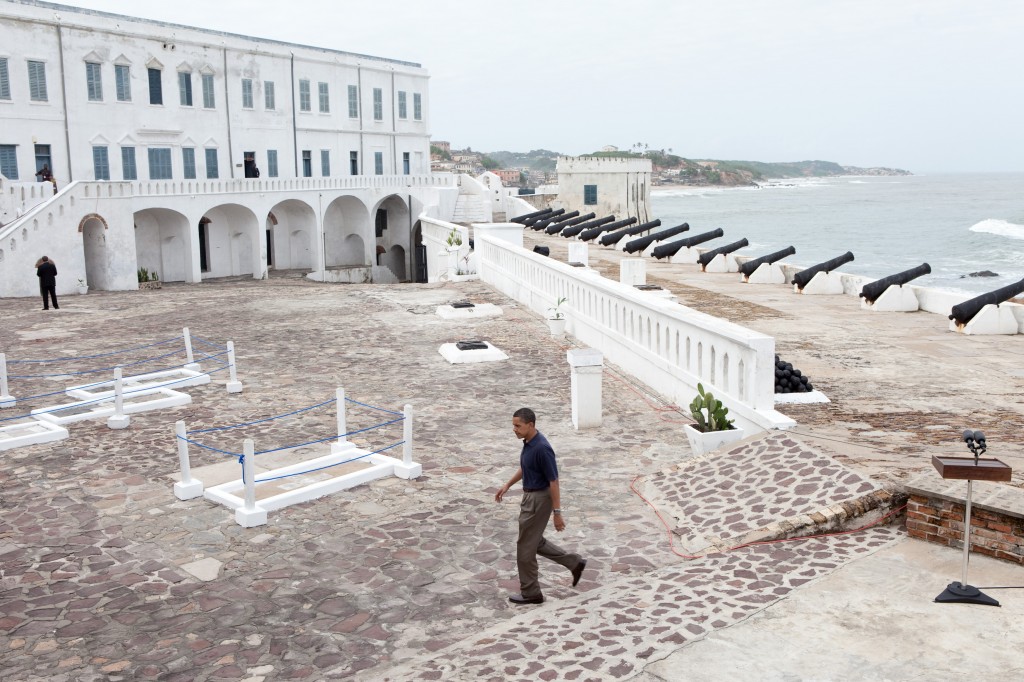
1. Cape Coast Castle
Ghana’s Atlantic Coast is lined with old forts (castles) built by various European powers during the 17th Century. The Cape Coast Castle was built for the slave-trade and is one of the most impressive of Ghana’s old forts. It was originally built by the Dutch in 1637, later expanded by the Swedes, finally the British took control of it in 1664 and turned it into their colonial headquarters. It stayed that way for the next 200 years until they moved the capital to Accra in 1877.
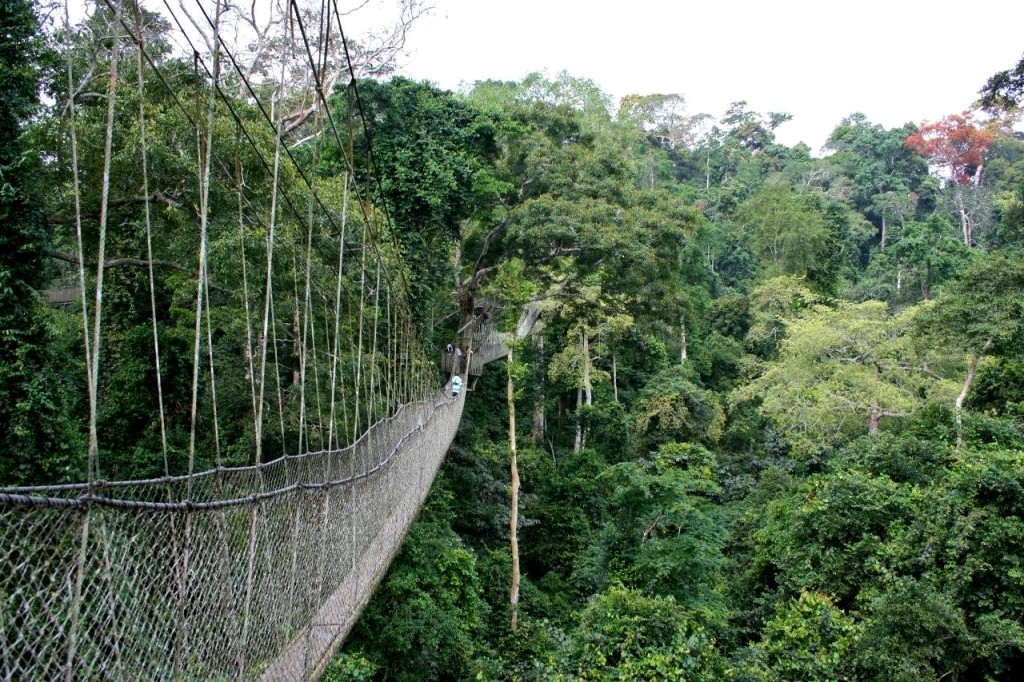
2. Kakum National Park
Kakum National Park is a dense tropical rain forest in southern Ghana. The forest is home to over 40 species of larger mammals including forest elephants, forest buffalo, Mona-meerkats and civets. The bird life is fantastic as well with over 250 species living in the forest. The highlight of any visit to Kakum, is a stroll on the Canopy Walkway that is built 30 meters above ground, crosses several bridges and is over 1000 feet (350 m) in length. The canopy walkway offers a unique viewing perspective of the wildlife and unique plants of the forest. Trained guides are on hand to take you on a tour and provide detailed insight into the medicinal uses of the forest plants. There’s a basic campsite for those who want to overnight.
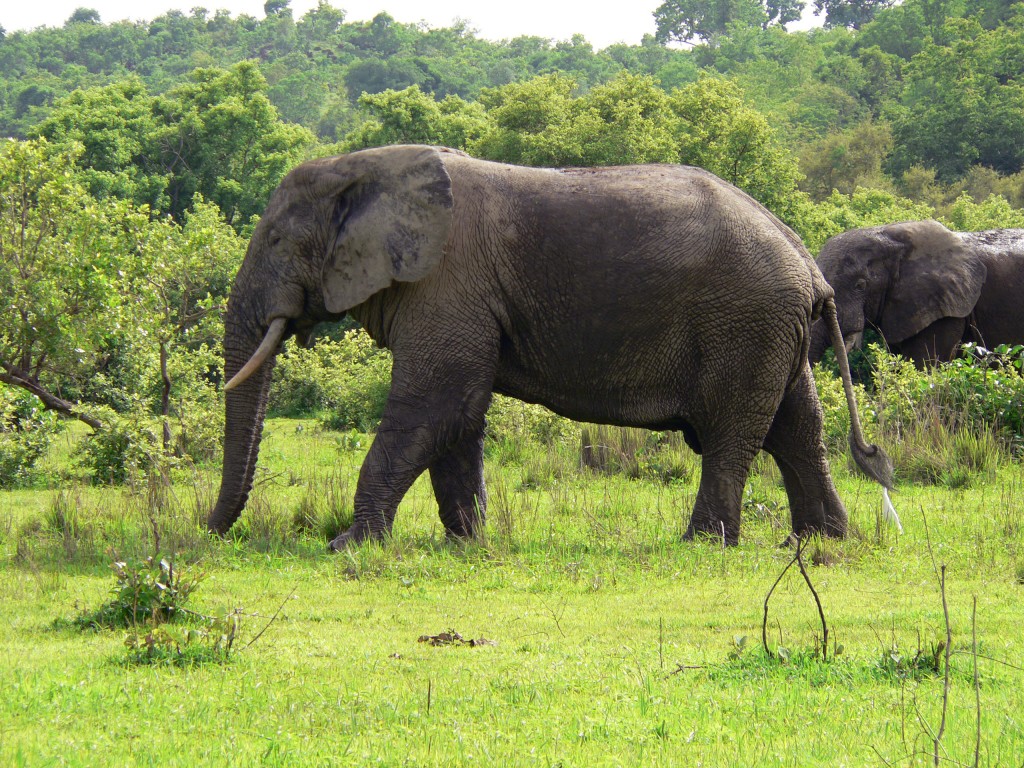
3. Mole National Park
Mole National Park is Ghana’s largest wildlife park and is located in north western Ghana. In Mole you can expect to see buffalo, roam antelope, elephants, warthogs, hyenas and if you’re very lucky, leopard. Lions have recently been re-introduced to the park as well. There are also more than 250 species of birds to enjoy. You can opt for a walking safari or a traditional game drive accompanied by an armed guard. There’s a motel just near the park headquarters. The best time to spot wildlife is during the dry season from January to March as animals congregate around the water sources. Mole can be reached by public transport, note the roads are not in great condition. Do visit the Larabanga Mosque near the park, the oldest mosque in Ghana.
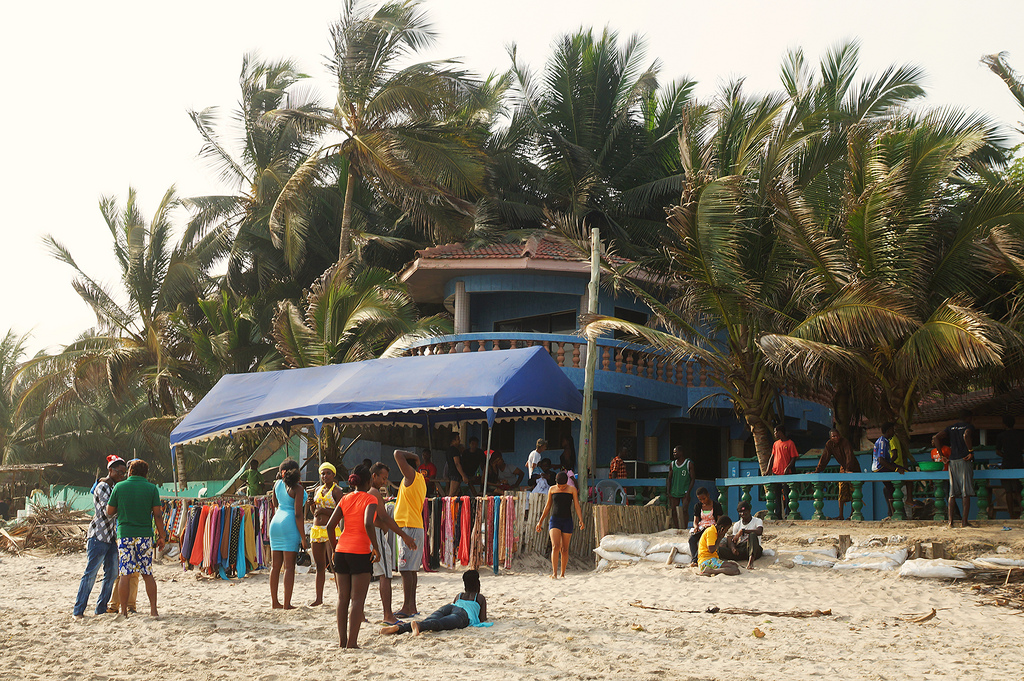
4. Kokrobite Beach
Ghana has some lovely beaches but the most popular for the last decade has been the beaches around Kokrobite including Langma. Kokrobite is a quick 20 mile (30km) tro-tro ride away from the capital Accra. One of the main attractions here is the excellent Academy of African Music and Art (AAMA) founded by master drummer Mustapha Tettey Addy. The Academy attracts drummers and dancers from all over the world. You can get accommodation at the Music Academy or head to Big Milly’s Backyard in the village (also on the beach). Big Milly’s has a friendly bar and restaurant where backpackers, volunteers and Ghanaian Rastafarians chill out.
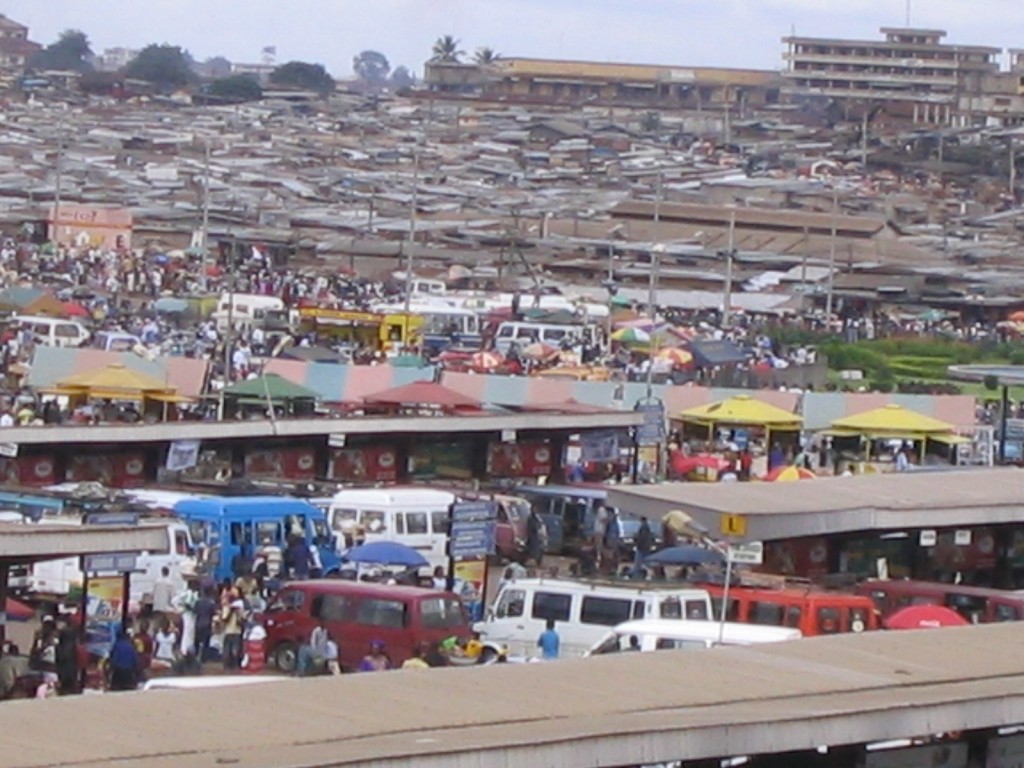
5. Kumasi
Kumasi is the former capital of Ghana’s Ashanti Kingdom in southern-central Ghana. Kumasi is Ghana’s second largest city with a population of around 1.5 million. The Ashanti are famous artisans, their gold jewelry and trinkets are famous throughout the world, as is their Kente cloth and wood-carved stools. You can see examples at the National Culture Center as well as various craft villages on the outskirts of Kumasi. The bustling Kejetia Market is worth visiting, the Kente cloth is good value here if you can stomach the chaos. If you’re interested to see how the Ashanti Kings used to live, check out the Manhyia Palace Museum. You can meet the current Ashanti king here, he makes an appearance to greet the public every 42 days.
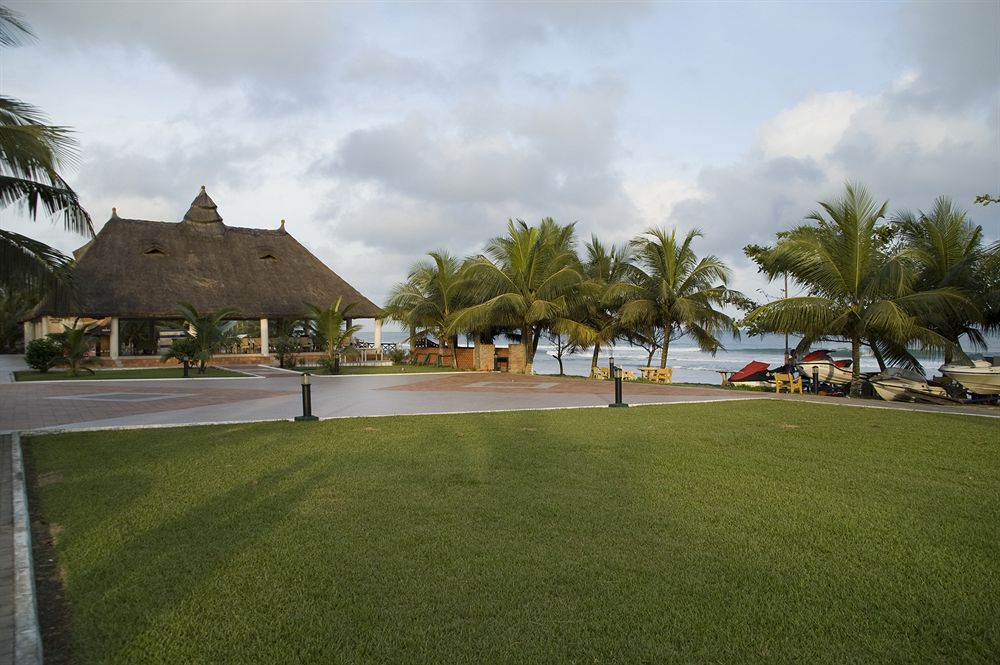
6. Busua Beach
Busua is one of Ghana’s best beaches and offers the visitor a chance to relax, paddle around in the Atlantic and enjoy some lobster. There are several hotels along the beach front ranging from luxurious to simple. The Busua Beach Resort is a modern, large hotel with dining facilities, pool and beach chalets. The more intimate Busua Inn is run by a French couple. The bar/restaurant on the beach serves excellent French food. The African Rainbow resort is a small family run hotel with 12 rooms, reasonable rates include breakfast. If Busua is too touristy for you, check out Princess Town a little further to the west along the coast.


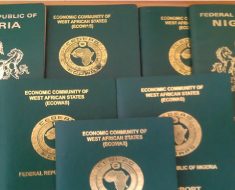



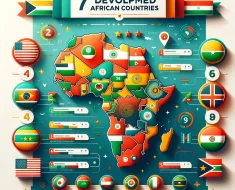
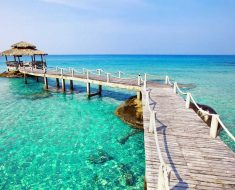

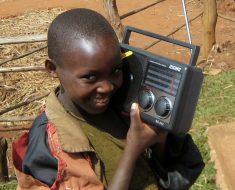
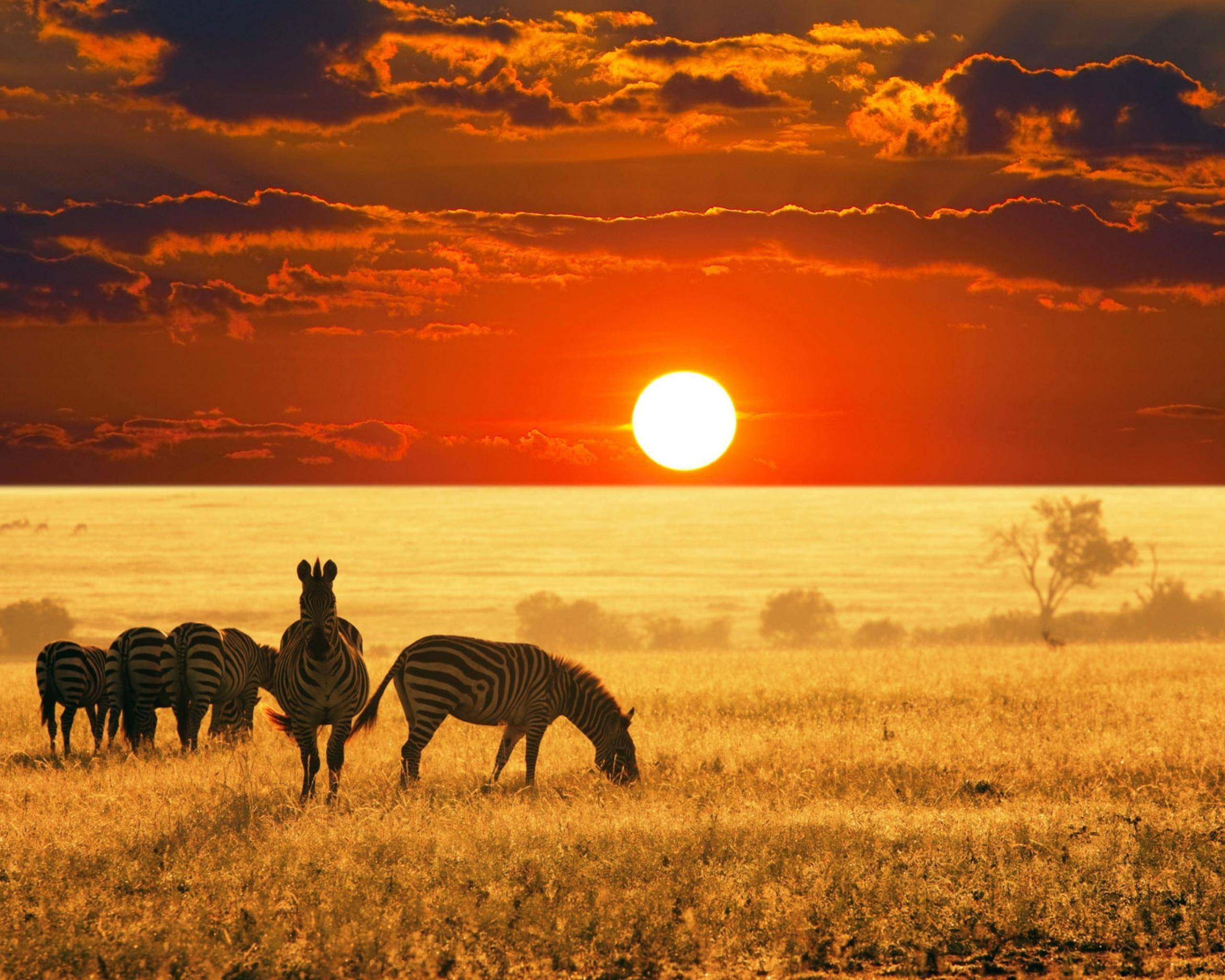
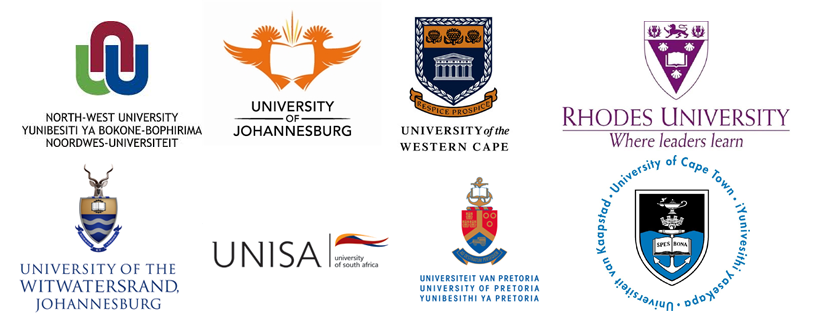
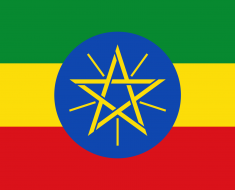
There is a typo at the top of the page in the blue navigation bar. In the tab that say Interesing Facts — I think the word should be INTERESTING.
good job
good job with typo finding
Hi Erica, That’s a very keen observation ! I will be travelling Accra to hold a Medical camp next week.
why do we need to know ur going to hold med camp? its not on topic
I was working with this website and noticed that there is no information on climate, bodies of water, or the climate of the area. I would like to know that instead of the thought of some guy running backwards.
thank you for telling me all this info
Your main photo is one of Cape Town, South Africa
I want to help.
That was very helpful